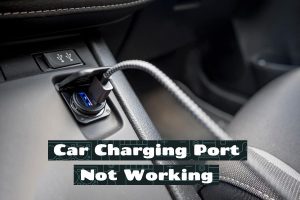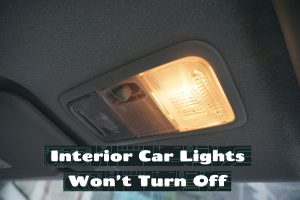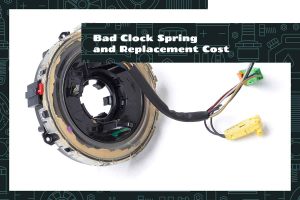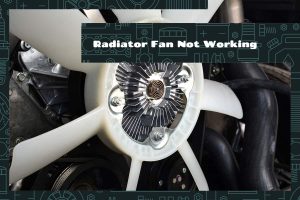Car lights serve an essential role in road safety by enhancing visibility and communication with other drivers. However, flickering lights can be a perplexing issue for many vehicle owners. The occurrence is not just an inconvenience; it can potentially signal underlying problems in your car’s electrical system that need immediate attention.
The potential causes of flickering car lights are as follows
- Faulty electrical wiring
- Battery problems
- Issues with the alternator
- Damaged headlight relay
- A bad ground connection
- Problems with the dimmer switch
This guide will take you through the subject of flickering car lights. It will provide insights into the causes, diagnosis, and possible fixes for this common issue.
Basics of Car Lighting System
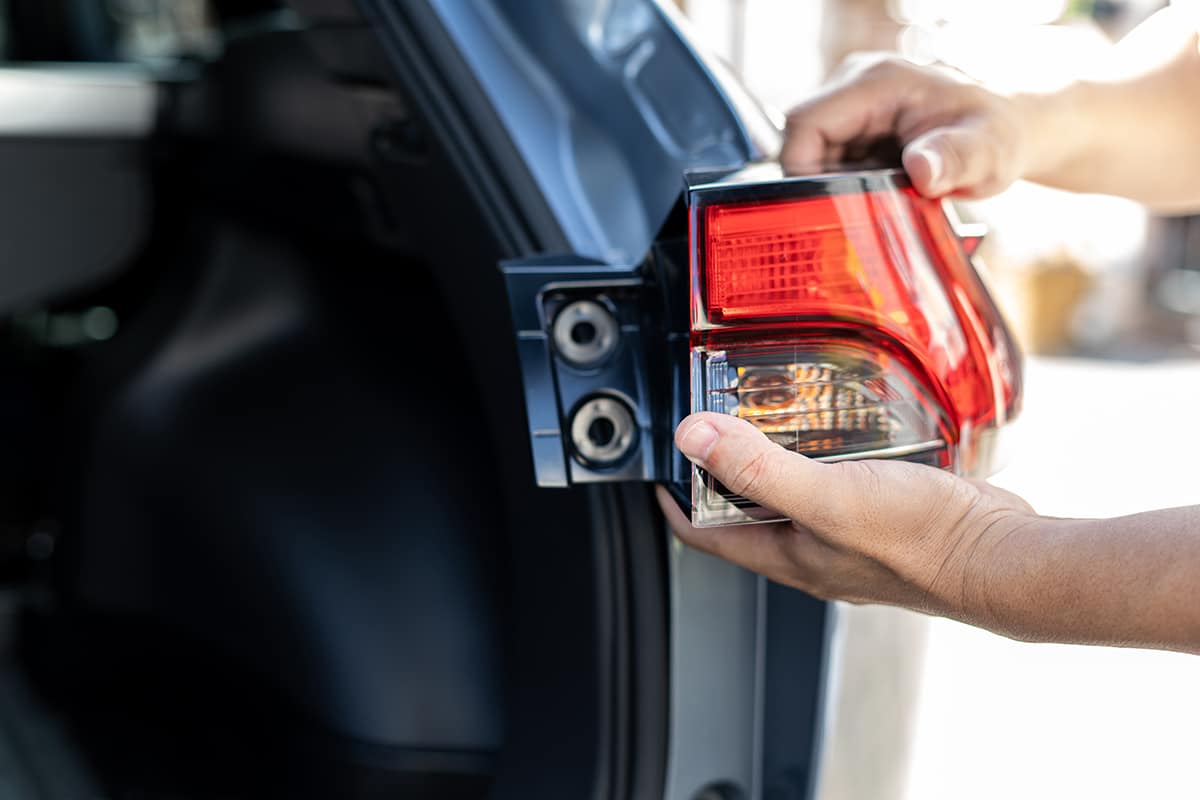
The lighting system of a car is a complex assembly of components designed to ensure maximum visibility for safe driving, especially under low-light conditions. It also aids in effectively communicating the driver’s intentions to other road users. Understanding these basics will help you diagnose and rectify issues like flickering car lights.
The Electrical System of a Car: How it Powers Your Lights
The car’s electrical system plays a crucial role in powering the lighting system. The key elements include the battery, alternator, wiring, fuses, and switches.
- Battery: This is the power source for your car when the engine is off. It provides electricity to start the engine and powers electrical components, including the lights.
- Alternator: Once the engine is running, the alternator takes over from the battery, supplying electricity to the car’s electrical components and recharging the battery. If the alternator has issues, it can cause the lights to flicker or dim.
- Wiring: Electrical wires connect every electrical component in your car. Any damage to these wires, like fraying or corrosion, can lead to problems like flickering lights.
- Fuses: These are safety devices designed to protect the car’s electrical circuits. A blown fuse can cut off the power supply to the lights, causing them to flicker or not work at all.
- Switches: These include the headlight switch, brake light switch, and turn signal switch, among others. They control the operation of respective lights. A faulty switch can cause the corresponding light to flicker or malfunction.
Identifying Flickering Car Lights
Flickering car lights are typically identifiable by their inconsistent brightness. While driving at night, you might notice that the beam of your headlights appears to “jump” or “flutter.” This variation in intensity is often irregular, happening without a distinct pattern.
Your interior lights, such as dashboard illumination and cabin lights, can also exhibit flickering. You may observe these lights dimming and brightening spontaneously, especially when the car is idling or when the electrical system is under load, like when operating the power windows or adjusting the car stereo’s volume.
Turn signals and brake lights are not immune to flickering either. They might blink unusually fast or glow dimly, affecting their function. Be aware that flickering may not be consistent across all lights due to differences in the circuits powering them.
Flickering lights may also cause specific problems for nighttime drivers, such as:
- Reduced Visibility: Unsteady headlights can affect your ability to see the road clearly, especially on poorly-lit roads. This can make it difficult to spot obstacles, leading to potential accidents.
- Impaired Communication: Flickering brake lights or turn signals can miscommunicate your driving intentions to other road users, causing confusion and increasing the risk of collisions.
- Driver Fatigue: Constant changes in light intensity can strain your eyes, leading to discomfort, fatigue, and reduced focus on the road.
- Increased Anxiety: Flickering lights, particularly interior lights and dashboard illumination, can cause anxiety and distract you from driving.
Causes of Car Lights Flickering
The flickering of car lights can be traced back to several potential causes, most of them residing within your car’s electrical system. Understanding these causes can guide you towards the right solution and help you prevent this problem from recurring.
1. Electrical Issues
At its core, the issue of flickering car lights is an electrical problem. Electrical disturbances in your vehicle can result in irregular power supply to your car’s lighting system, causing the lights to flicker. These disturbances could be due to multiple factors, ranging from significant issues with major components to minor glitches that are easy to fix.
2. Battery Problems
The battery is the heart of your car’s electrical system, supplying power to all the electrical components, including lights. A weak or failing battery can struggle to provide a steady electrical supply, causing the lights to flicker.
3. Alternator Problems
The alternator charges your battery and powers your car’s electrical system when the engine is running. A failing alternator can cause voltage fluctuations, leading to flickering lights.
Indicators of a potential alternator problem can include flickering lights that worsen as you put more load on the electrical system, whining or grinding noise from the alternator, and the appearance of the battery or alternator warning light on your dashboard.
4. Faulty Headlight Relay
The headlight relay is a switch that controls the power sent to the headlights. When this relay malfunctions, it can cause power interruptions to the headlights, leading to flickering. If you’re experiencing flickering specifically in your headlights, particularly when switching between high beam and low beam, it could indicate a faulty headlight relay.
5. Bad Ground Connection
Ground connections complete the electrical circuit by providing a path for the electric current to return to the power source. A bad ground connection can interrupt the electrical flow, causing flickering lights.
6. Dimmer Switch Issues
The dimmer switch controls the brightness of your dashboard lights and interior lights. A faulty dimmer switch can cause these lights to flicker. If you notice flickering specifically in your dashboard or interior lights, particularly when adjusting the brightness, it could indicate a problem with the dimmer switch.
Solutions for Flickering Car Lights

This section will guide you through the process of fixing flickering car lights, whether it involves simple troubleshooting or professional assistance.
Basic Troubleshooting for Flickering Car Lights
Troubleshooting is the first step toward resolving any problem. Before diving into complex solutions or contacting a mechanic, try these simple checks:
- Inspect the Battery: Check your car’s battery for any signs of corrosion or loose connections. Cleaning the battery terminals and ensuring they’re securely fastened can sometimes fix flickering lights.
- Check the Alternator Belt: A loose or worn-out alternator belt can cause the alternator to malfunction. If the belt appears loose or shows signs of wear, it may need tightening or replacement.
- Test the Headlight Relay: If your headlights are the ones flickering, swapping the headlight relay with another similar one in your car’s fuse box can help you determine if the relay is at fault.
- Inspect the Ground Connections: Look for any loose or corroded ground wires. Cleaning and tightening these connections might resolve the flickering.
- Check the Dimmer Switch: If your interior or dashboard lights are flickering, try adjusting the dimmer switch. If the flickering changes or stops when you adjust the switch, it could indicate a dimmer switch issue.
When to Consult a Professional Mechanic
While basic troubleshooting can solve minor issues, certain causes of flickering car lights require professional attention:
- Battery or Alternator Replacement: If your car battery or alternator is failing, you’ll need to replace it. These components are critical to your car’s operation and should be replaced by a professional to ensure proper installation and disposal of the old parts.
- Rewiring: If your car’s wiring is damaged or worn out, it may require professional repair or replacement. Electrical wiring is complex and should be handled by a professional to avoid further damage or potential hazards.
- Relay or Switch Replacement: If a headlight relay or a dimmer switch is faulty, you’ll need to replace it. While you can do this yourself with the right tools and skills, consulting a professional is advisable to ensure correct installation and avoid further issues.

